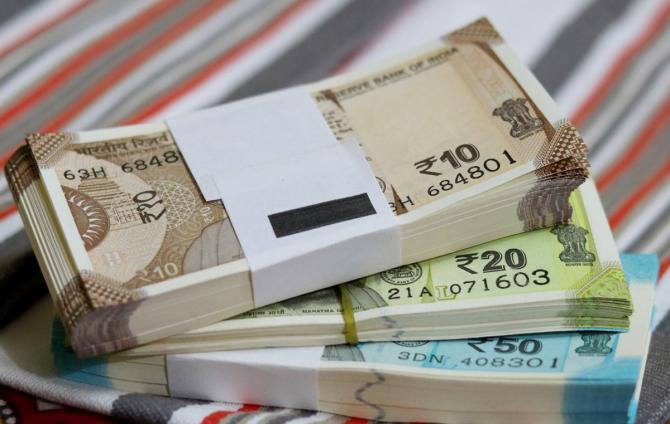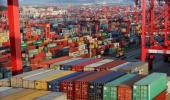Without naming India, S&P said it expects that in regions where inflation already exceeds targets, or which are vulnerable to capital flight, central banks will be forced to raise interest rates.

India's current account deficit (CAD) could shoot up above 5 per cent of gross domestic product (GDP) in 2022 if the global crude oil price touches $150 per barrel. This would make the country vulnerable to capital flight, S&P Global Ratings said in a report.
"We calculate what the 2022 current account balance would be if the only change this year is the world oil price of $150 per barrel. In this simple scenario, the 2022 current account deficit would be above 5 per cent in India, the Philippines and Thailand -- putting these nations at risk of capital flight. This exercise assumes that the prices of other energy products move in line with that of oil," S&P Global Ratings said in a report.
India's CAD expanded to 2.7 per cent of GDP in the December quarter from 1.3 per cent in the September quarter on account of higher import bill.
Last month, BofA Securities said a sharp rise in prices of commodities such as oil, coal, metals and edible oils could widen India's CAD to 2.6 per cent in calendar year 2022.
The US Fed's policy tightening raises the potential for capital outflows from Asia's emerging markets, hitting regional currencies.
The Fed's recent reassessment of the nature of US inflation has led it to anticipate a faster increase in its policy interest rate.
It hiked this rate by 25-basis points in March and indicated that an aggressive policy will follow.
S&P now expects seven rate hikes in 2022, including a 50-basis point hike, followed by four to five in 2023.
S&P had said in 2012 that India and Indonesia ran CAD of 3-4 per cent of GDP that made them vulnerable to the disorderly capital outflow that unfolded in May 2013.
"Foreign exchange reserve adequacy among emerging markets has improved since 2013 and is generally sufficient in emerging Asia. Unlike in 2013, currency valuations are not stretched in Asia's emerging markets. Only in China was the real effective exchange rate significantly stronger in end-February than its two-year average," it added.
The rating agency said while fiscal indicators have weakened in recent years, a generally low share of foreign-currency debt to total debt in countries like India reduces the probability of capital outflows from emerging Asia.
"Fiscal trends have been unfavourable in recent years. The pandemic hit state revenues just as governments pushed up their fiscal support, driving deficits higher. Among Asian emerging markets, the fiscal deficit is particularly high in India and the Philippines. General government debt is high in China, India, and Malaysia. However, the share of government debt denominated in foreign currencies is mostly low in emerging Asia. Only in Indonesia was it higher than 15 per cent at the end of the third quarter of 2021. And, this level has been declining in recent years," it said.
Without naming India, S&P said it expects that in regions where inflation already exceeds targets, or which are vulnerable to capital flight, central banks will be forced to raise interest rates.
"This describes most regional economies. Higher inflation and rising US interest rates are weighing heavily on Asia-Pacific economies," it added.
The rating agency said Asia-Pacific's monetary policymakers will face difficult trade-offs this year.
"The Russia-Ukraine conflict is adding to global inflation by raising the cost of energy and other raw commodities. An increasingly hawkish US Fed is tightening its policies, and most recently signaled it would significantly reduce its balance sheet. This puts pressure on the region's central banks to raise policy rates to anchor inflation expectations, retain their credibility, support the national currency, or to head off financial instability.
However, as the effect of the conflict and the US Fed shift weigh on economic growth, we anticipate some central banks will tighten as little as possible, or not at all," it added.











